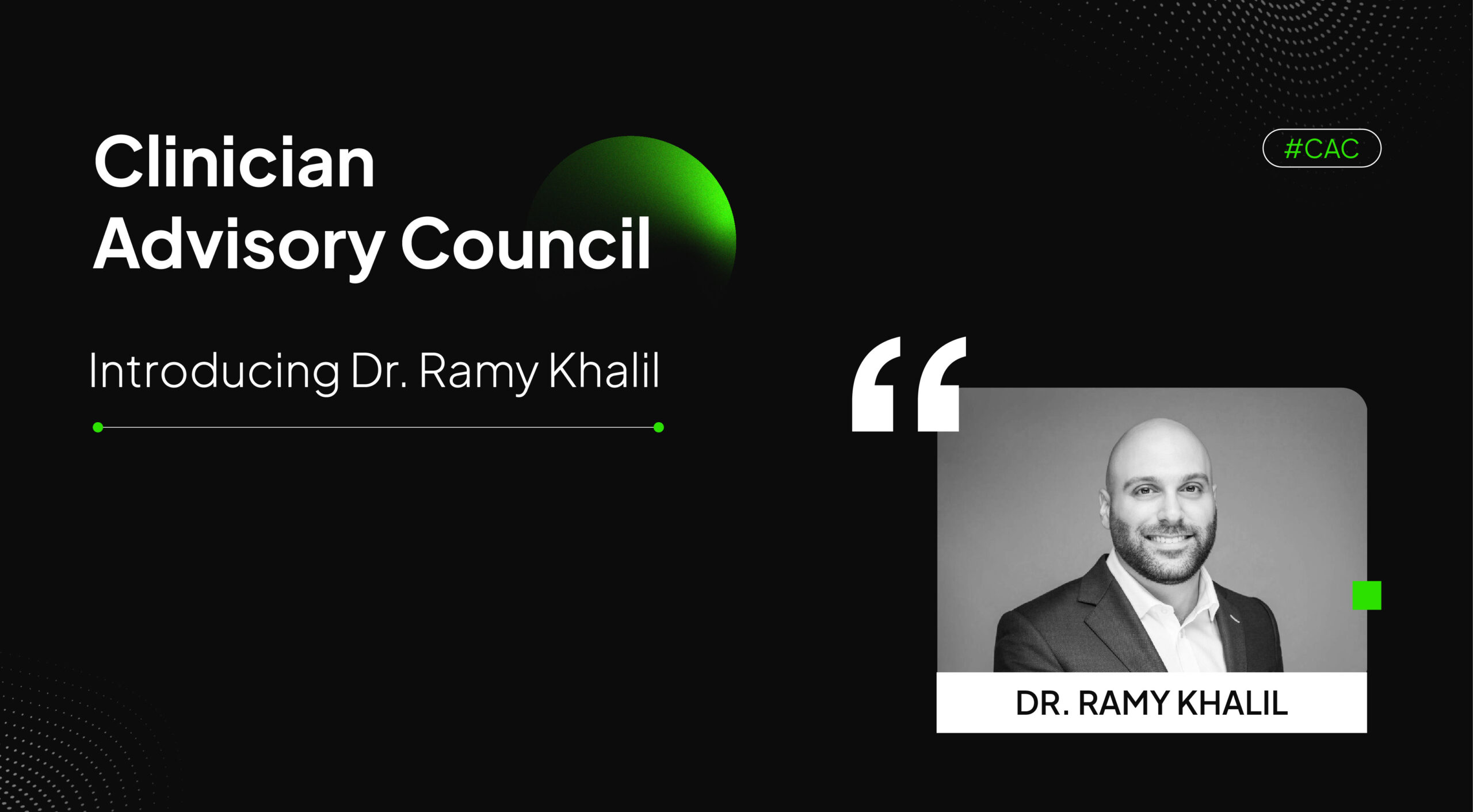TL;DR:
- Physician burnout is a growing problem, with emotional exhaustion, depersonalization, and reduced sense of accomplishment being common symptoms.
- Workload, lack of autonomy, administrative burden, and poor work-life balance contribute to physician burnout.
- To combat physician burnout, self-care practices, seeking support and mentorship, and advocating for systemic changes are recommended.
- Physician burnout can lead to decreased quality of care, increased medical errors, and higher healthcare costs.
- Factors such as technology and automation, changes in healthcare policies, and a shift towards preventative care can impact physician burnout in the future.
As we navigate the complexities of the healthcare industry in 2024, one prevalent issue continues to cause concern amongst medical professionals globally: physician burnout. This long-standing predicament has been exacerbated over the years, resulting in a significant impact on physicians’ mental, emotional, and physical health. To address this concern, it is vital to understand the importance of work-life balance in preventing physician burnout and promoting physician wellness.
Physician burnout can be described as a state of chronic emotional, mental, and physical exhaustion experienced by physicians. This condition often results from prolonged exposure to high levels of stress and is characterized by feelings of emotional depletion, a sense of detachment from work, and a decreased sense of personal accomplishment.
Physician burnout is not merely an individual problem; it has profound implications for the larger healthcare system. It can lead to decreased productivity, increased medical errors, reduced quality of patient care, and high rates of physician turnover.
Causes of Burnout:
To comprehend the causes of physician burnout, let’s delve into the core stressors that contribute to this pervasive issue. These factors encompass various aspects that gradually drain physicians, resulting in burnout. Let’s explore why the battle against burnout seems unequal, how medical education might only address a fraction of these stressors, and how we can effectively manage them.
The Clinical Practice of Medicine:
Undoubtedly, the clinical aspect of medicine carries inherent stress. The demands of attending to sick, injured, and anxious patients, coupled with the intricate process of diagnosing and treating them, pose significant stressors. While this stress is an inherent part of the medical profession, it’s just one element of the complex equation leading to burnout.
Non-Clinical Stresses:
Beyond the clinical realm, doctors encounter various stressors after completing their residencies. These pressures aren’t directly tied to patient care but encompass navigating malpractice risks, adapting to electronic medical records, mastering efficient documentation, managing billing complexities, and coping with legal uncertainties and changing regulations. This extensive list of stressors can be overwhelming, especially considering the insufficient coverage during medical education.
Balancing Personal and Professional Life:
Physicians, as humans, have personal lives demanding attention and energy. Balancing relationships, family commitments, financial management, and personal interests can be challenging. Striking a balance between professional duties and personal life can be daunting, and failure to do so might lead to additional stress.
Unconscious Conditioning of Medical Education:
Medical education’s rigorous nature instills coping mechanisms that are survival tools during training. These strategies, like adopting a superhero persona, becoming a workaholic, suppressing emotions, striving for perfectionism, and isolating oneself, prove beneficial in high-stress situations. However, when carried over into daily practice without awareness of when to disengage them, these coping mechanisms can exacerbate stress and contribute to burnout.
Decoding Sources of Stress
Recognizing these four stress sources is pivotal in comprehending the roots of clinician burnout. Each source contributes uniquely to burnout, and identifying the specific areas impacting you can lead to better coping and stress management strategies. Acknowledging the multifaceted nature of burnout equips you to forge a more fulfilling and healthier medical career.
The Difference Between Stress and Burnout
Let’s differentiate between stress and burnout. The medical profession undoubtedly carries stress stemming from patient care responsibilities and diagnosis challenges. Stress entails a depletion that can be replenished over time between shifts. Burnout, conversely, entails an ongoing decline in energy levels. Energy doesn’t recover between shifts, leading to a continuous downward spiral.
Main Symptoms of Physician Burnout:
Burnout manifests in three primary symptoms, as gauged by the Maslach Burnout Inventory:
-
-
- Exhaustion: As assessed by the Maslach Burnout Inventory, transcends typical fatigue. It’s an all-encompassing depletion—physically, emotionally, and mentally. Physicians experiencing burnout find themselves continually drained, even after periods of rest. This exhaustion persists due to the demanding nature of the profession, including long hours, intense workloads, and the constant need for emotional investment in patient care. It’s a chronic state of weariness that affects not just the individual’s work performance but also their personal life.
-
-
- Depersonalization: This involves a significant shift in attitude and approach. Healthcare providers affected by burnout might adopt a defensive mechanism, distancing themselves emotionally from their patients or colleagues. This detachment manifests through cynicism, sarcasm, or a sense of detachment from the people they serve. It’s a coping mechanism to shield themselves from the emotional strain of consistently encountering suffering, pain, or the emotional challenges of patient care. This distancing can adversely impact patient-doctor relationships and diminish the quality of care provided.
- Lack of Efficacy: This pertains to doubts about the meaningfulness and impact of one’s work. Physicians experiencing burnout may start questioning the value of their contributions and whether their efforts are truly making a difference. This crisis of confidence often arises due to systemic issues within the healthcare environment, such as administrative burdens, limited resources, and an inability to enact meaningful change. It erodes the sense of purpose and fulfillment that is crucial for healthcare professionals to thrive in their roles.
Gender Differences in Experiencing Burnout:
Recent research done by the National Academy of Medicine, Washington DC highlights distinct experiences of burnout in men and women. Women often progress through exhaustion, depersonalization, and a lack of efficacy, aligning with the Maslach Burnout Inventory. They tend to seek support and address symptoms.
In contrast, men often start with cynicism, sarcasm, and compassion fatigue as defense mechanisms, followed by exhaustion. Remarkably, many men skip doubting their work’s significance. This unique progression makes men classic examples of burned-out doctors.
Male physicians may isolate themselves due to pride, making it vital to offer support to male colleagues displaying burnout symptoms. Support could prove life-saving.
Impact on physicians and the healthcare system
Physician burnout leaves a profound impact on both individual physicians and the broader healthcare system. The alarming trends highlighted in recent articles, including those by the American Medical Association, emphasize the escalating concern surrounding physician burnout.
As noted by the Advisory Board’s Daily Briefing, efforts by organizations like the American Medical Association to counteract burnout have not yet reversed the increasing rates. This persistent rise adversely affects physicians’ well-being and subsequently influences patient care dynamics. Moreover, the Medscape Physician Burnout and Depression Report provides further evidence of the worsening scenario, where burnout rates are accompanied by an unsettling increase in rates of depression among physicians, including resident physicians.
This reality, magnified by insights from the Chief Healthcare Executive’s report, highlights the urgency for health systems and the healthcare industry at large to confront this crisis head-on. The detrimental consequences of burnout, including turnover and compromised patient outcomes, emphasize the critical need for collaborative action by healthcare professionals.
To counteract this dire trend, the strategies detailed earlier in this article gain even more significance. By integrating these external perspectives and partnering with organizations like the American Medical Association, we underscore the importance of cultivating supportive environments, fostering a culture of well-being, and exploring innovative solutions like Augnito to alleviate administrative burdens and enhance physicians’ work experience.
Decreased Quality of Care
The issue of decreased quality of care is a serious problem that arises from physician burnout. When doctors become overwhelmed and exhausted, it can significantly affect their ability to provide optimal care to patients. Studies have shown that burnout is directly linked to higher rates of medical errors, lower patient satisfaction, and reduced adherence to treatment guidelines.
To tackle this issue, healthcare organizations must prioritize the well-being of their physicians and implement effective strategies to prevent burnout. This includes promoting a healthy work-life balance, fostering a supportive work environment, and providing resources for mental health support. By prioritizing the well-being of physicians, we can improve the quality of care and ultimately, the outcomes for patients.
In 2018, a study published in the Journal of the American Medical Association revealed the correlation between physician burnout and an increased risk of medical errors. The study found that doctors who experienced burnout were more likely to make mistakes and provide suboptimal care to patients. This groundbreaking research brought attention to the importance of addressing physician burnout and its impact on the quality of care. Since then, efforts have been made to increase awareness about this issue and implement interventions to support physicians and improve patient outcomes.
Increased Medical Errors
Increased incidents of medical errors have become a major concern within the healthcare industry. These errors can have detrimental effects on patients and hinder their health outcomes. Contributing factors to the rise in medical errors include heavy workloads, long hours, inadequate resources, and physician burnout.
It is imperative for healthcare organizations to prioritize the well-being of physicians and implement measures to address burnout. This can involve establishing support systems, promoting a healthy work-life balance, and fostering a culture of open communication and teamwork. A helpful tip is to regularly assess workload and implement effective workflow management strategies to minimize the risk of medical errors.
Higher Healthcare Costs
The growing concern of physician burnout has significant impacts on healthcare costs.
- Reduced productivity: Burnout results in decreased efficiency, longer work hours, and an increase in medical errors, ultimately leading to higher healthcare costs.
- Employee turnover: Burnout often causes physicians to leave their practices or reduce their working hours, resulting in increased recruitment and training expenses for healthcare organizations.
- Medical expenses: Burnout can also lead to higher medical expenses due to the need for additional healthcare services, such as mental health treatment.
- Lawsuits and malpractice: Burnout can contribute to medical errors, leading to malpractice claims and an increase in insurance costs for healthcare providers.
Work-Life Balance: A Key to Preventing Burnout
Achieving a harmonious work-life balance is a crucial strategy for preventing physician burnout. It involves managing professional responsibilities while ensuring enough time for relaxation, personal interests, and family commitments.
Five Tips to Improve Work-Life Balance and Prevent Physician Burnout
Efficient Workspace: Create an organized and clutter-free workspace that optimizes your workflow. An organized environment not only saves time by reducing the need to search for things but also promotes a clear mindset. This efficiency directly translates into less stress as you can focus on tasks without unnecessary distractions.
Time Management and Self-Care: Develop effective time management strategies to allocate tasks efficiently and make time for work and personal activities. Prioritise self-care practices such as regular exercise, balanced nutrition, and sufficient sleep. Proper self-care improves your physical and mental health by combating emotional exhaustion, building your capacity to handle stress, and preventing burnout.
Engaging Hobbies: Participating in hobbies that bring you joy and relaxation serves as a vital outlet for stress. Engaging in activities you’re passionate about allows you to unwind and rejuvenate, providing a mental break from the demands of your profession.
Boundaries and Support: Establish clear boundaries between work and personal life by setting limits on work hours and confidently declining unreasonable demands. Cultivate a strong support system by fostering open conversations about stress and burnout within your workplace. Having access to mental health resources and knowing you’re not alone in your struggles can alleviate the emotional burden.
Leverage AI Tools: Incorporating AI tools like medical speech recognition software can significantly assist in managing the workload associated with documentation. These tools convert spoken language into written text, reducing the time spent on manual data entry. By automating a time-consuming task, you can redirect your energy towards patient care and personal activities, contributing to a better work-life balance.
By implementing these strategies and utilizing AI solutions, you can proactively address the factors contributing to burnout, enhance your overall well-being, and ensure a healthier balance between your professional and personal lives.
Augnito’s role in combating burnout
Augnito, an innovative speech recognition software, plays a pivotal role in combating physician burnout by transforming medical documentation. Augnito relieves physicians of administrative burdens, enhancing efficiency and accuracy. This solution integrates seamlessly into healthcare workflows, reflecting a commitment to supporting doctors. Augnito presents Augnito Spectra and Augnito Voice Services to revolutionize clinical workflows and alleviate burnout-contributing burdens. Spectra offers a swift speech-to-text platform for efficient note-taking, while Voice Services empowers clinical software through medical voice recognition capabilities. These advancements prioritize patient care and physician well-being, underscoring a collaborative effort to mitigate burnout risks.
Final Thoughts
Preventing physician burnout is a multifaceted process that requires a well-rounded approach involving individual strategies, organizational support, and technological innovations. By prioritizing work-life balance, building a strong support system, and leveraging technology like Augnito, physicians can navigate the challenging landscape of their profession while sustaining their mental and physical health. Remember, maintaining a healthy work-life balance is not an option but a necessity for every physician in today’s demanding healthcare environment.
Frequently Asked Questions
What is physician burnout and why is it so prevalent among doctors?
Physician burnout is the state of emotional and physical exhaustion experienced by doctors, leading to a lack of motivation, detachment from patients and colleagues, and a loss of sense of purpose. It is a common issue in the medical field due to factors such as long work hours, overwhelming administrative tasks, and high expectations for perfection.
What are the common symptoms of physician burnout?
Symptoms of physician burnout include physical and emotional exhaustion, detachment and depersonalization with patients and colleagues, and a lack of sense of personal achievement. Other signs may include feelings of helplessness and lack of motivation, as well as increased cynicism and negative attitudes towards work.
Is physician burnout only experienced by doctors?
No, physician burnout can affect all healthcare practitioners due to the demanding and often dysfunctional nature of the healthcare system. However, doctors may be especially susceptible due to their role as the bottleneck of the system and their high expectations for themselves.
How can coaching help physicians dealing with burnout?
Coaching can be an effective tool for physicians dealing with burnout. As a former burned-out physician herself, Gail Gazelle understands the unique challenges and pressures of the medical field and can provide personalized support and guidance. Coaching can help physicians identify and address the root causes of their burnout, develop resilience skills, and create a plan for finding balance and fulfillment in their careers.
Is there a way to prevent physician burnout?
While burnout may feel inevitable for many doctors, there are steps that can be taken to prevent it. This includes setting boundaries and prioritizing self-care, finding ways to reduce administrative burdens, and seeking support from colleagues and coaches. It is also important for medical institutions to address systemic issues that contribute to burnout and provide resources for their physicians.



